Introduction
Is your child addicted to screens or Is screen time silently hijacking your child’s development? Discover how much is too much, the warning signs of addiction, its impact on mental health, and how to break the digital grip with expert-backed insights, practical tips, and real-world parenting wisdom. A must-read for every intentional parent.
When the Screen Becomes the Sitter
Let’s be honest.
For many modern parents, the screen has slowly crept into our families and lives, not as a tool, but as a crutch. It has become something we rely on too much, not to help us, but to replace real parenting. What started as a harmless way to keep the kids busy while we answer that email has now become the default babysitter.
But here’s the real kicker… We didn’t even realize it happened.
We were there, scrolling, swiping, and streaming while our kids quietly slipped into a digital dependency.
So, let me ask you a confronting question:
If your child can’t function without a screen… is that not addiction?
Hence, understanding the fine line between beneficial and detrimental screen use is crucial for parents.
Technology: A Tool or a Trap?
I recently watched an inspiring video on YouTube from Coach Wendy Ologe’s Tuesday live of The Intentional Parent Academy, where she pulled no punches about screen time addiction. Her passion and conviction struck a chord, and it got me reflecting on how screens have become a silent thief in many homes.
Coach Wendy said something that stuck, and I quote;
“Technology should be a tool, not a trap. But most of us have made it a trap for our children and ourselves.”
And She’s right.
Behind those flashing lights, music and catchy kids’ tunes is a monster slowly shaping our children’s behaviour, emotions, attention spans, and even brain development.
Recent data highlights a significant increase in screen usage among children and teens. According to the Centers for Disease Control and Prevention (CDC), from July 2021 through December 2023, approximately 50.4% of U.S. teenagers aged 12–17 reported engaging in four or more hours of screen time daily, excluding school-related activities. This trend is mirrored in younger age groups as well. The American Academy of Child and Adolescent Psychiatry (AACAP) notes that children aged 8–12 spend an average of 4–6 hours daily on screens, while teens can spend up to 9 hours. This is alarming!
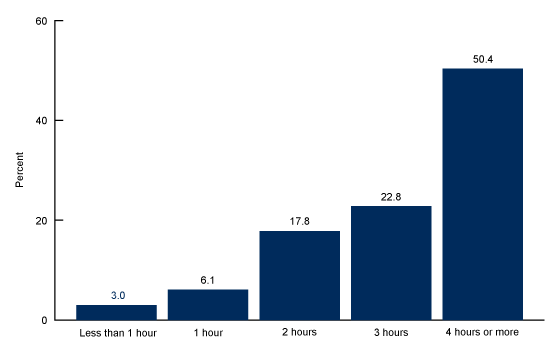
What Is Screen Time Addiction—And Why Should You Care?
Let’s define the beast we’re dealing with.
Screen time addiction occurs when children (or adults) develop a psychological dependency on digital devices—phones, tablets, games, or TV to the point where real life feels boring, empty, or even painful without them.
Screen time addiction, often referred to as problematic screen use, is characterized by excessive and compulsive engagement with digital devices, leading to negative impacts on daily functioning. While not officially classified as a clinical disorder, the behavioural patterns associated with screen addiction closely resemble those of recognized addictions.Wikipedia
Coach Wendy didn’t sugar-coat it in her Tuesday live webinar (Screen time addition) on YouTube. She calls it “the digital cocaine.”
And she’s not alone.
Dr. Nicholas Kardaras, author of Glow Kids, runs a luxury rehab in the U.S. that treats tech addiction. He said:
“I find it easier to treat heroin and crystal meth addiction than lost-in-the-matrix video game or Facebook dependency.”
Dr Nicholas went further to say that it’s easier to treat heroin addiction than digital addiction.
When a screen becomes the only thing that calms your child, entertains your toddler, or keeps your teen from a meltdown, it’s not just a phase. It’s an addiction!
And if we don’t wake up to it now, we may be handing over our parenting power to one YouTube episode at a time.
A study published in the Archives of Disease in Childhood found that among Finnish girls aged 15–16, average daily smartphone usage was 5.8 hours, with nearly four hours dedicated to social media. Approximately 17% of participants exhibited signs of social media addiction, and 37% showed symptoms of anxiety disorders.New York Post
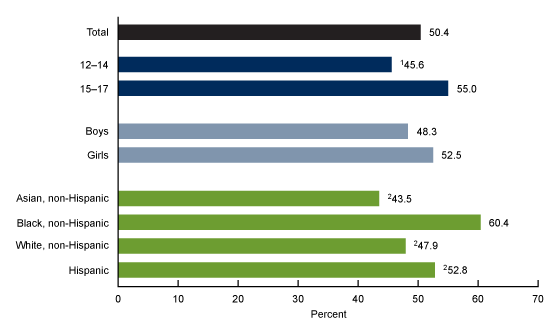
The Unspoken Battle in Our Homes
Ever tried taking the tablet from your toddler?
Yeah… not fun.
One second, they’re quiet and smiling. The next? You’re in World War III, with sippy cups flying and tears flowing like a broken faucet. If you’ve been there, I want you to know—you’re not alone.
But here’s what we don’t often talk about as dads.
This battle over screens isn’t just about the kids.
It’s about us, too.
We hand them a phone so we can finish dinner. Or a tablet so we can take a WhatsApp call in peace.
And then one day, we look up and realize… the screen has slowly become our co-parent.
A device, that doesn’t teach empathy…., doesn’t build resilience…., except to just glows.
Coach Wendy Ologe put it this way:
“When screen replaces play, curiosity fades. When screen replaces connection, relationships suffer.”
Let that sit with you for a moment.
Because what we’re really facing is not just a screen problem. It’s a connection crisis.
How Much Screen Time Is Too Much?
Let’s get clear.
The American Academy of Child & Adolescent Psychiatry (AACAP) and Centers for Disease Control (CDC) offer hard data, not opinions, on screen exposure. According to them;
- Under 18 months: Avoid screen time altogether (except video chatting).
- 18 months to 2 years: Only high-quality content, watched with a caregiver.
- 2 to 5 years: Max of 1 hour per day, co-viewed with a parent.
- 6 to 12 years: Max 2 hours per day, not including homework.
- 13 to 18 years: Max 3–4 hours per day, including social media, gaming, and videos.
But sadly, according to research;
“Children ages 11–14 spend an average of 9 hours per day on screens. Teens (15–18) spend about 7.5 hours daily—not including schoolwork.” (Source: CDC Data Brief #513)
That’s not just above the limit. That’s blowing past it like there are no brakes.
So if you’re still wondering how much is too much, the data already answered that.
The Silent Damage Screens Are Doing to Our Kids
The real problem with excessive screen usage is that, you won’t always see the damage on Day 1.
But give it time, and it shows.
Screens are rewiring our children’s brains. That’s not a theory, it’s neuroscience.
The concern is what’s happening that you can’t see. The brain that helps regulate emotions, connect socially, and learn language is being altered.
Here are some negative effects of excessive screen use on our children:
- Poor Emotional Regulation (tantrums, meltdowns)
- Delayed Language Development
- Increased Risk of Autism Spectrum Symptoms
- Social Disconnection (can’t hold eye contact)
- Shorter Attention Spans and Poor Sleep
- Aggression and Weight Issues
When we substitute real interaction with pixels, we short-circuit the very wiring that helps our children become emotionally intelligent human beings. Their brains will becoming passive consumers, not active learners.
More and more paediatricians and educators are noticing the same trend—children showing autism-like symptoms, delayed speech, and emotional shutdowns, not because of biology, but because their brains are being rewired by pixels.
Even worse?
Many of us parents are unknowingly enabling it.
The Impact on Mental Health and Development
Excessive screen time has been linked to various mental health challenges in children and adolescents:
- Anxiety and Depression: The CDC reports that among teenagers with four or more hours of daily screen time, 27.1% experienced symptoms of anxiety, and 25.9% showed signs of depression in the preceding two weeks.
- Sleep Disturbances: Overexposure to screens, especially before bedtime, can disrupt sleep patterns, leading to fatigue and decreased academic performance. (Time)
- Social Isolation: A study by King’s College London found that about one in five older British teenagers exhibited problematic smartphone use, correlating with increased feelings of loneliness and social withdrawal. (Latest news & breaking headlines)
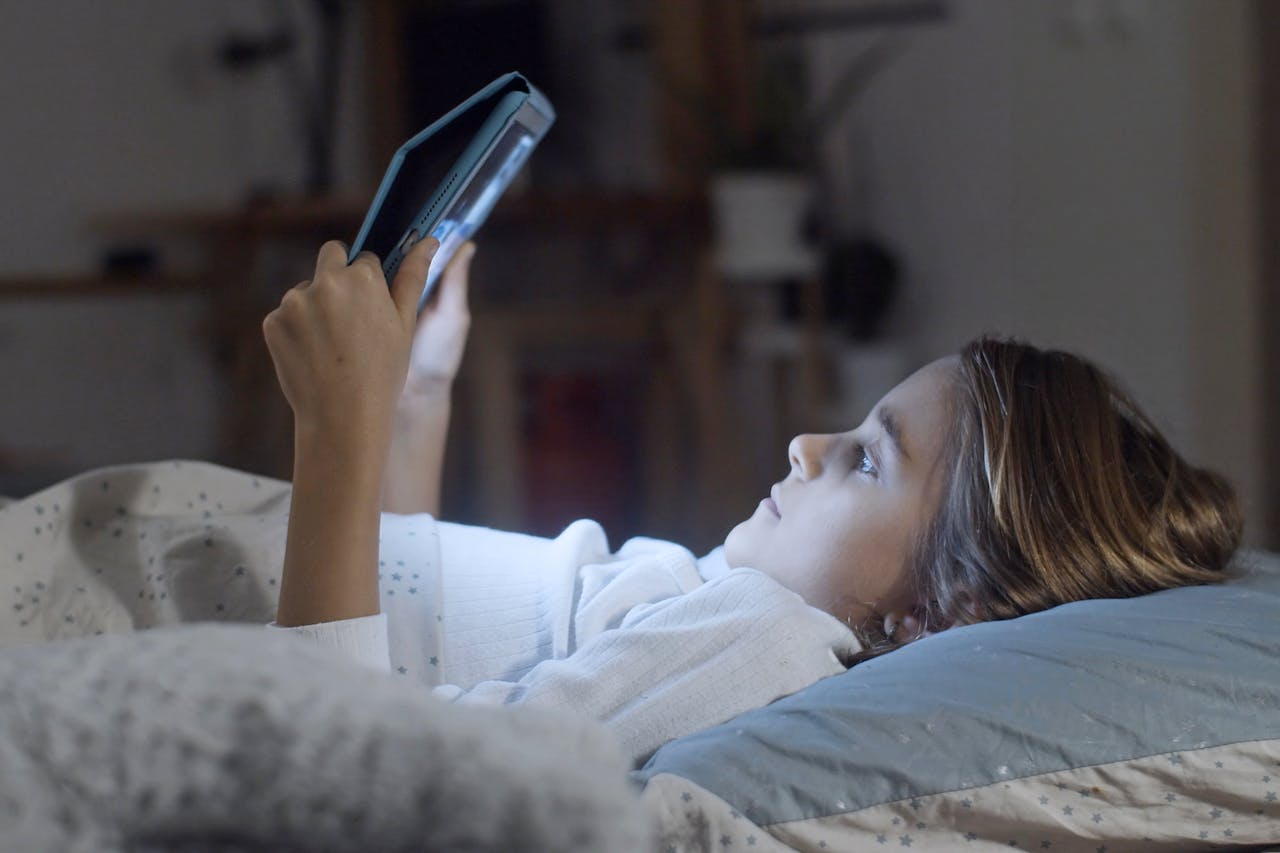
Debunking the “But It’s Educational!” Myth
“But It’s Educational Screen Time…”
That’s the excuse we cling to.
“But my child is learning ABCs on YouTube!” Or… “At least it’s not violent—it’s educational!”
We’ve all heard this excuses
ABC songs, phonics apps, math games—what could possibly go wrong?
A lot, actually.
Screen time is screen time, whether it’s Cocomelon, Miss Racheal, coding or a digital math game. Educational content doesn’t cancel out the neurological effects of excessive screen exposure.
Infact, overstimulating shows like Cocomelon with their rapid scene cuts and bright flashing lights have been linked to poor attention regulation and sensory overload in toddlers, tech experts have said.
Please Parents, let’s not confuse entertainment with enrichment. True learning requires interaction. Not just exposure.
But let’s face it, real learning happens through real life like; Conversation, Problem-solving, structured and unstructured Play, hands-on activities and Social connections. Not passive screen absorption.
The Parent Trap: Are You Addicted Too?
Now it gets uncomfortable. But lets not pretend
How many times do you pick up your phone in a day?
How often do you scroll just before bed or first thing in the morning?
You may be nodding along, but if your phone is the first thing you touch in the morning and the last thing at night… this blog post isn’t just about your kids.
It’s about you. You can’t ask your child to stop doing what you’re modelling daily.
It’s easy to preach limits. But are we living them?
We can’t pass on emotional intelligence if we’re always emotionally checked out.
We can’t mentor our kids if we’re married to our screens.
Your child watches how you handle boredom, stress, and silence.
If all they see is a scrolling parent, they’re not hearing your words, they’re watching your habits.
Coach Wendy said it best:
“The best parental control isn’t an app. It’s an engaged parent.”
How to Know If Your Child Is Addicted (Signs You Shouldn’t Ignore)
If your child shows 3 or more of these, it’s time for a screen detox:
Here are some red flags:
- Tantrums or meltdowns when screen time ends
- Trouble falling asleep or waking up due to device use
- Sneaking or lying about screen use
- Loss of interest in books, puzzles, or outdoor play
- Shortened attention span or constant restlessness
- Preference for screens over real-world interaction
- Decline in social skills or verbal expression
- Decline in academic performance or neglect of household duties
- Irritability or distress when access to screens is limited.
- Constant thinking about or eagerness to use digital devices.
- Reduced interest in offline social interactions or activities.
If any of these sounds familiar, your child may be addicted. And that’s not an exaggeration.
Like gambling or drug use, screens trigger dopamine surges in the brain, leading to cravings, withdrawal, and emotional dysregulation.
8. How to Break Free: Real Solutions That Work
So… What Do We Do?
Here’s the hard truth: you can’t “burn the screen” without building something better in its place.
So here’s what I’ve learnt from experience, reflection and practice to manage and reduce excessive screen time.
- Remove & Replace
Don’t just remove the screen—replace it with something engaging e.g. like;
- Puzzle kits
- Building blocks
- Paint-by-number activities
- Board games
- Outdoor sports
- Interactive reading
- Also, encourage participation in sports, arts, reading, or other hobbies that don’t involve screens.
Don’t leave a vacuum. Fill it with meaningful play and connection.
2. Set clear boundaries and Age-Appropriate Limits
Set specific time limits for recreational screen use, ensuring that it doesn’t interfere with sleep, physical activity, or family time. Use the AAP guidelines as your compass. You’re not being strict, you’re being wise. Let your child cry. Let them protest. Stay firm and loving.
3. Model What You Preach and lead by example
Cut your own screen time. Model balanced screen use behaviours for children to emulate. (New York Post+4Time+4verywellhealth.com+4).
Start with screen-free mornings and meals. Rediscover reading, journaling, or simple moments of silence. The kids are watching.
4. Designate Screen-Free Zones
Keep bedrooms and dining areas free from digital devices to promote better sleep and family interactions. (Latest news & breaking headlines)
5. Use Tech as a Tool—Not a Toy
Screens should serve a purpose. Learning to code? Fine. Family movie night? Great. Mindless scrolling? Not helpful.
5. Invest in the Mind, Not Just the Fridge
Buy books. Buy puzzles. Buy things that build character and creativity, not just things that fill the stomach.
“If all you’re doing is feeding your child and buying clothes, you’re a failed parent.”
6. Engage in Open Conversations
Discuss the content and purpose of screen use, fostering awareness and critical thinking about digital consumption.
Don’t make screens the reward. Make a connection, the reward.
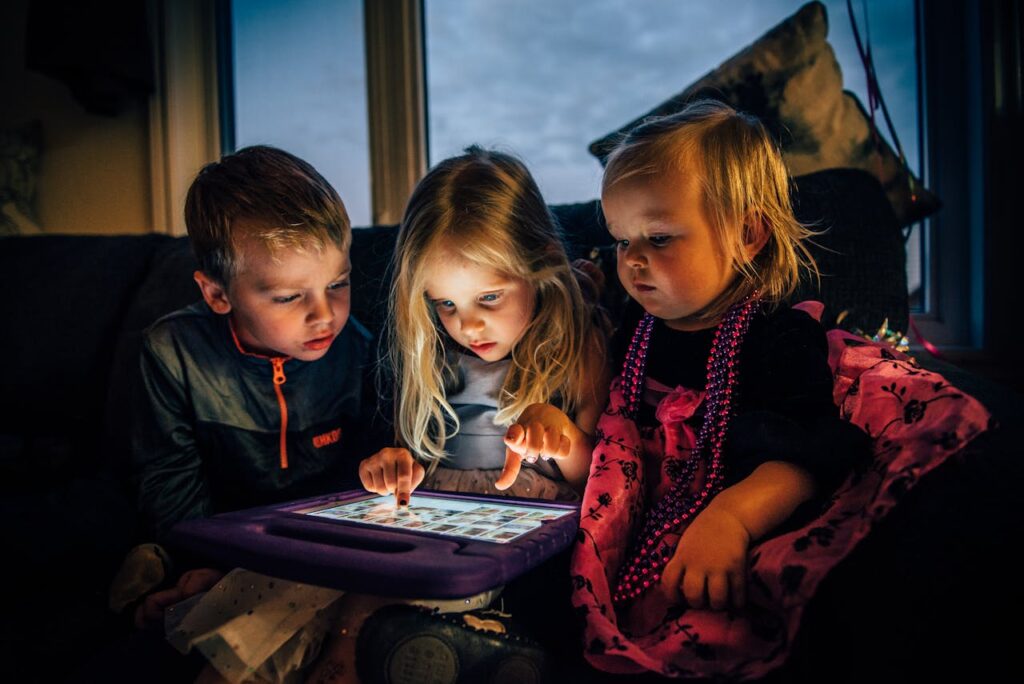
Discipline Over Devices: The Real Parental Control
Forget the apps and filters for a moment, are you emotionally connected with your children?
You don’t need to lock the tablet in a drawer.
You just need to be present, consistent, and courageous enough to say: No. Not now. Let’s play instead.
Because parenting isn’t about being liked all the time. It’s about loving deeply and leading well.
And sometimes, leadership looks like unplugging.
Coach Wendy reminds us that:
“The best parental control is not an app. It’s an engaged parent who sets limits.”
Final Thoughts: What Legacy Are We Leaving?
Dads, listen.
The issue isn’t screens. It’s unmonitored, unlimited, unintentional screen time.
It’s not about banning technology, It’s about using it wisely and modelling discipline.
This is bigger than screen time. It’s about emotional health. It’s about building legacy. It’s about raising children who aren’t addicted to artificial stimulation to feel alive.
“A child’s mind is like wet cement. Whatever you press into it will leave a lasting imprint.”
Wendy Ologe
The question is: will that imprint be made by YOU, or by YouTube?
If we want emotionally grounded, socially capable, spiritually sound children, we cannot outsource parenting to pixels.
Remember what the Bible says:
“Wisdom and knowledge shall be the stability of thy times.”
— Isaiah 33:6 (KJV)
Let’s raise children who don’t need screens to feel seen.
Let’s raise emotionally grounded, tech-wise, deeply connected human beings starting in our homes
You’re not just managing devices, you’re shaping destinies.
So let’s unplug to reconnect. Let’s replace screens with stories.
Let’s lead our homes by example and with love.
Because fathers don’t just protect futures.
We build them.
References
- Wendy Ologe, Screen Time Addiction: How Much Is Too Much?
- Centers for Disease Control and Prevention (CDC), Data Brief #513
- American Academy of Child and Adolescent Psychiatry (AACAP), Children and Watching TV
- Kardaras, Nicholas. Glow Kids: How Screen Addiction is Hijacking Our Kids – and How to Break the Trance
- Centers for Disease Control and Prevention (CDC). “Daily Screen Time Among Teenagers: United States, July 2021–December 2023.” Link
- American Academy of Child and Adolescent Psychiatry (AACAP). “Screen Time and Children.” Link
- New York Post. “Teen girls’ stunning smartphone usage revealed in new study: ‘Serious’.” LinkNew York Post+1Wikipedia+1
- The Times. “Fifth of older teens have ‘problematic’ reliance on phones.”


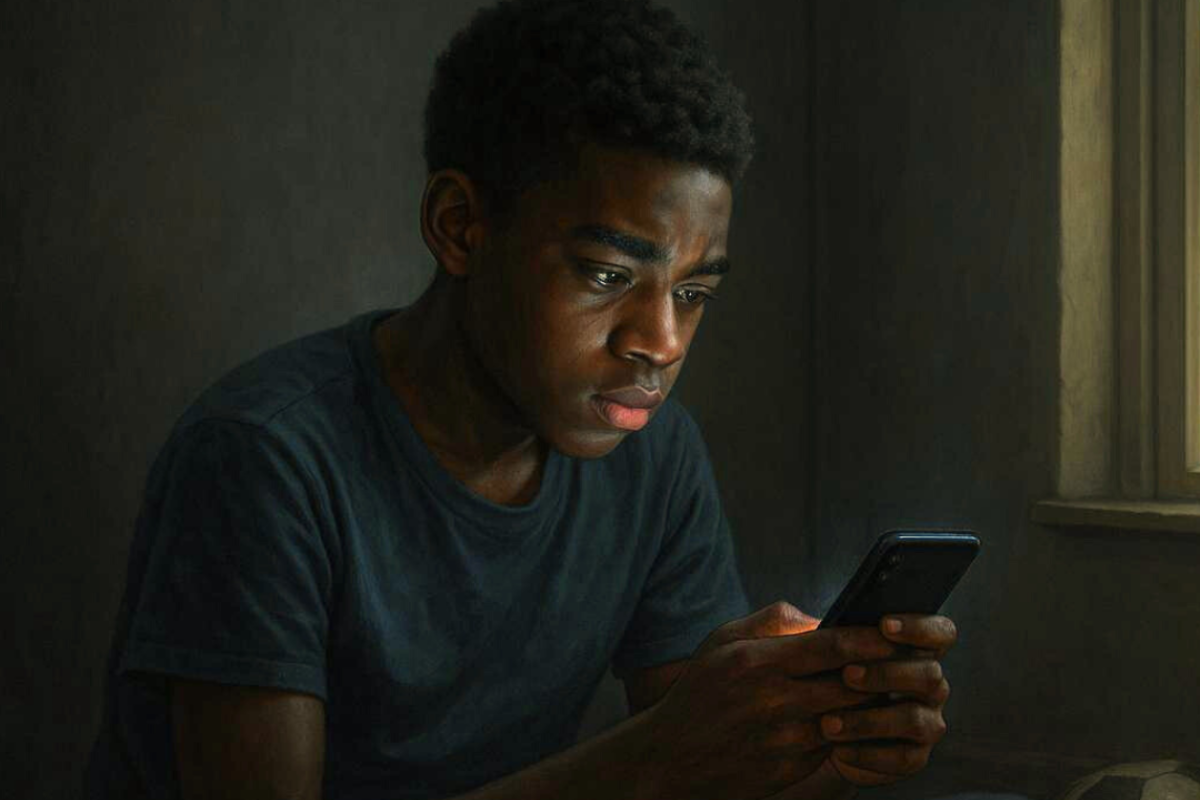




Very well written. I read from beginning to the ending.
Thank you Dumebi, This means alot. I am happy that you enjoyed the article.